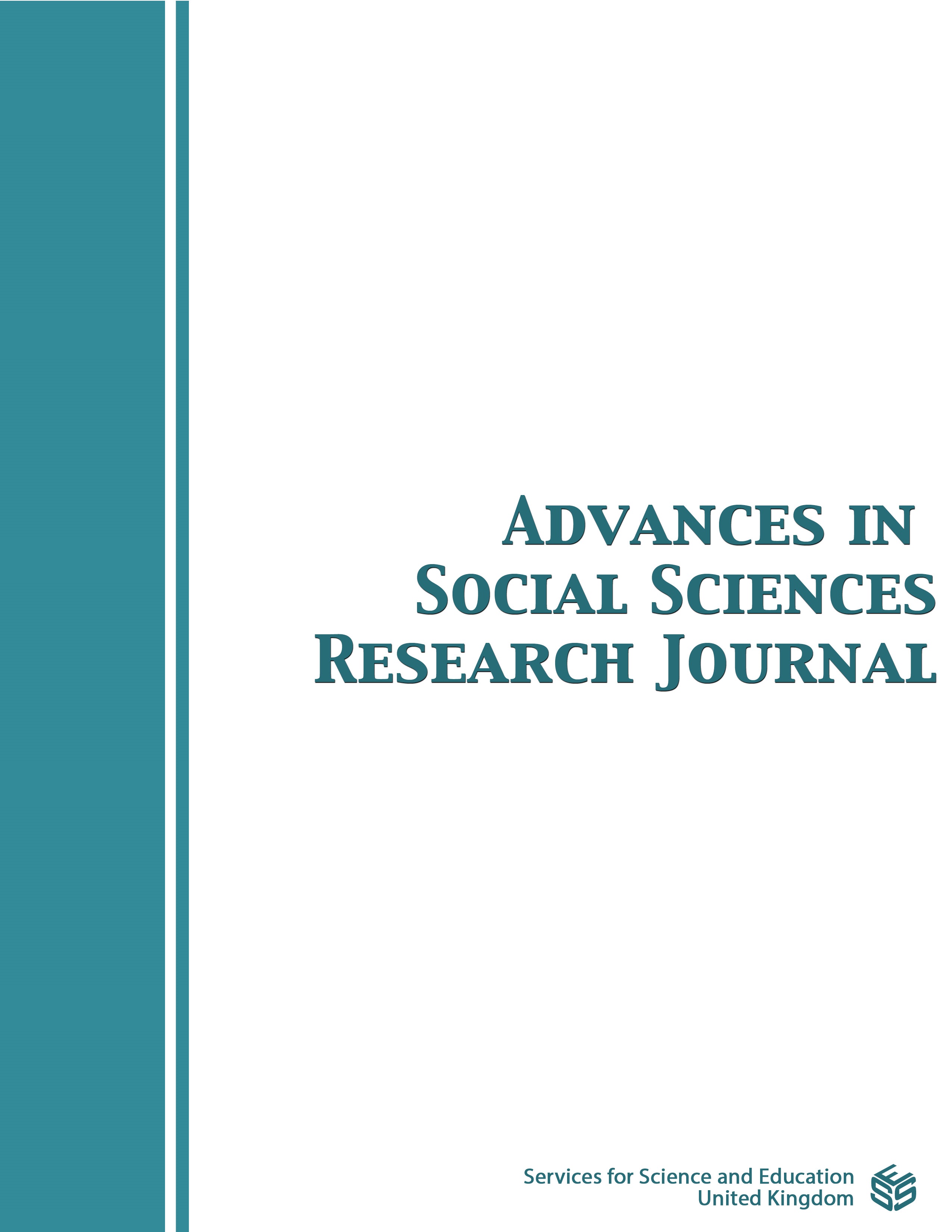Increasing Prevalence of Adolescent Suicide in Developing Countries: Public Health Prevention Strategies
DOI:
https://doi.org/10.14738/assrj.95.11861Keywords:
Adolescent suicide, public health prevention strategyAbstract
The increasing suicide morbidity and mortality rates among the adolescent has become a serious human tragedy of great public health concern. Many facets of suicide such as suicide ideation, intent, attempt, ambivalent, gesture, equivalent, and completion are prevalent among this group of people due to their developmental characteristics in an unsupportive cultural and socioeconomic environment, especially in developing countries. Adolescents may at one point or another perceive suicide as a permanent answer to problems, often due to self-doubts, conflict with older ones like parents, fears, confusion, stress, and pressures to succeed or conform while growing up. Due to the fact that suicide is preventable but very difficult to be predicted accurately, it becomes expedient to start to concentrate efforts on identifying, and enhancing suicide protective factors among this age group, and devising and advancing various public health prevention strategies apart from the conventional psychic-medical approaches to stem the tides of suicide among them, especially in developing countries. This study reviews prevalence of suicide among adolescents in developing countries, and proffers public health-based prevention strategies, which, if properly programmed and implemented would be effective in the containment of this public health problem in different settings.
Downloads
Published
How to Cite
Issue
Section
License
Copyright (c) 2022 Emmanuel U. Asogwa, Rosemary O Ekechukwu

This work is licensed under a Creative Commons Attribution 4.0 International License.
Authors wishing to include figures, tables, or text passages that have already been published elsewhere are required to obtain permission from the copyright owner(s) for both the print and online format and to include evidence that such permission has been granted when submitting their papers. Any material received without such evidence will be assumed to originate from the authors.






